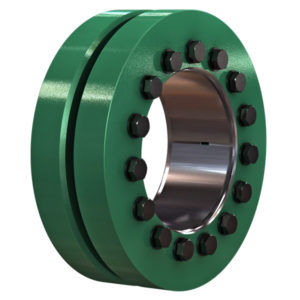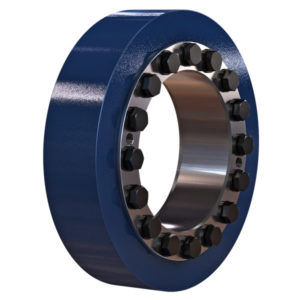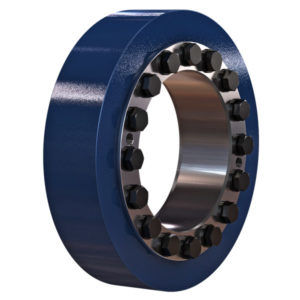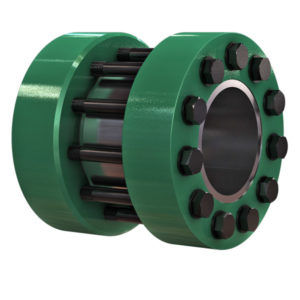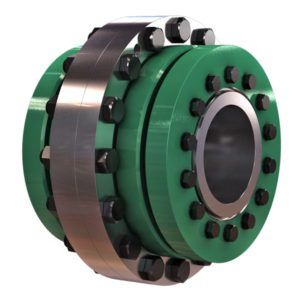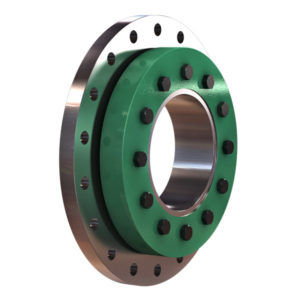
Shrink disc 3091 series

Add to favorites
Compare this product
Characteristics
- Torque
Max.: 4,116,000 Nm
(3,035,805.8064 ft.lb)Min.: 890 Nm
(656.4303 ft.lb)
Description
The main function of a shrink disc is the safe connection of a shaft to a hub by means of frictional locking. For example between a drive shaft and a hollow gear shaft. The shrink disc creates a backlash-free connection by pressing the hub onto the shaft. This type of connection is mainly used for torque transmission.
The shrink disc only provides the required forces and does not itself transmit any forces or torques between shaft and hub. It is therefore not subject to force flow.
Assembly is carried out by pushing the shrink disc onto the hollow shaft and then tightening the screws.
By using conical surfaces, the inner diameter is reduced and the radial pressure is built up. Series 30xx shrink discs are not self-locking. The clamping forces are therefore provided by the screws (force controlled).
This enables the backlash between shaft and hub to be compensated directly without the overload that can occur with path-controlled shrink discs due to too little or too much backlash.
The shrink discs are supplied ready for installation.
For proper function and to achieve a sufficiently high coefficient of friction, the contact surfaces between shaft and hub must be free of grease, dry and clean. The functional surfaces of the shrink disk, threads and head positions of the screws are already provided with lubricant ex works. The lubricant should be Molykote G-Rapid Plus or equivalent.
The contact surfaces between the inner ring and the hub should be oiled or greased before assembly.
Catalogs
No catalogs are available for this product.
See all of TAS-Schäfer GmbH‘s catalogs*Prices are pre-tax. They exclude delivery charges and customs duties and do not include additional charges for installation or activation options. Prices are indicative only and may vary by country, with changes to the cost of raw materials and exchange rates.






